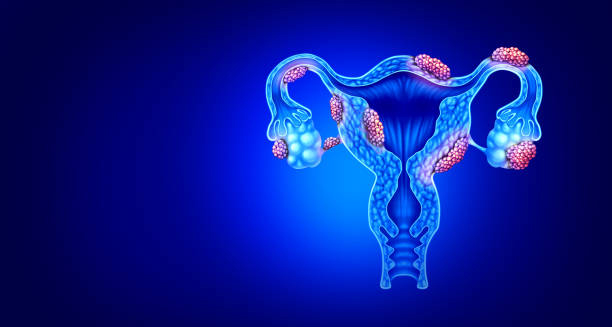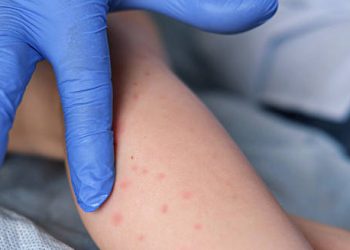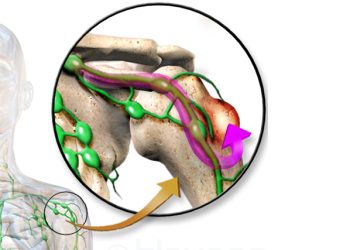Causes of Fibroids
The causes of fibroids are not fully understood, but researchers believe a mix of hormonal, genetic, and environmental factors contribute to their development. Fibroids are especially influenced by oestrogen and progesterone—hormones that regulate the menstrual cycle and encourage uterine lining growth.
Hormonal Factors
Fibroids tend to:
Grow during reproductive years, when oestrogen and progesterone levels are higher
Shrink after menopause, due to the drop in hormone levels
Enlarge during pregnancy, when hormone levels rise significantly
Some hormonal contraceptives or hormone therapies may affect fibroid growth, although this varies between individuals.
Genetic and Familial Factors
Women with a family history of fibroids are more likely to develop them
Certain genetic changes have been observed in fibroid tissue
Identical twins are more likely to have fibroids than non-identical twins
While genetics play a role, they do not guarantee fibroids will develop.
Age and Ethnicity
Fibroids are most common between the ages of 30 and 50
Black women are more likely to develop fibroids, often at a younger age and with more severe symptoms
The reasons for ethnic disparities are not fully known but may involve genetics, vitamin D deficiency, or environmental influences
Lifestyle and Health
Some studies suggest that risk factors may include:
Obesity
Early onset of menstruation
Vitamin D deficiency
Excessive alcohol consumption
Diet high in red meat and low in green vegetables or dairy
However, lifestyle alone doesn’t determine whether fibroids will form.
Reproductive History | Causes of Fibroids
Women who have never given birth (nulliparous women) may have a slightly higher risk
Pregnancy appears to have a protective effect, possibly due to hormonal and structural changes in the uterus
The causes of fibroids are likely multifactorial. Understanding these risks helps women take preventive steps where possible, such as maintaining a healthy weight and monitoring changes in menstrual health.
[Next: Symptoms of Fibroids →]


